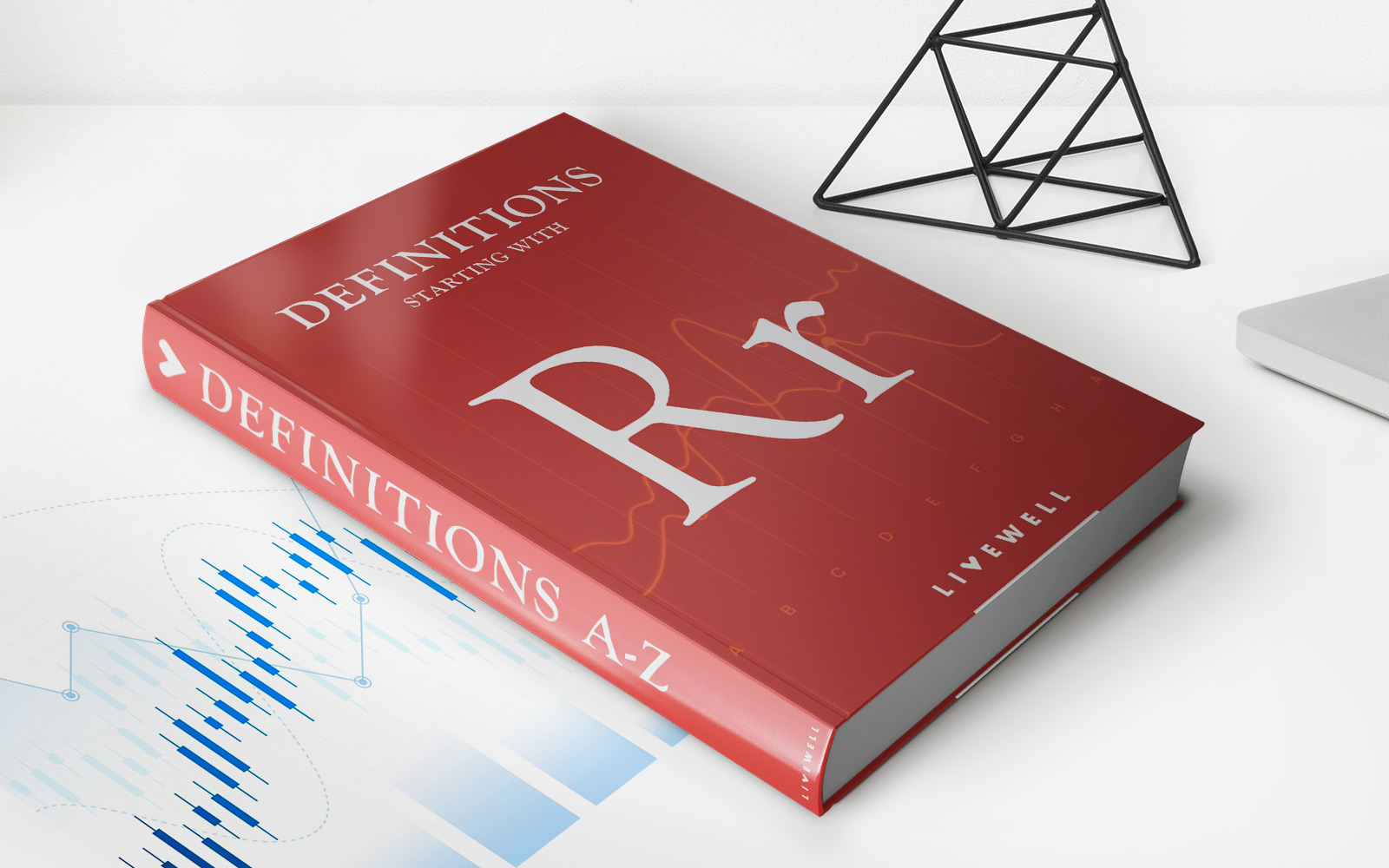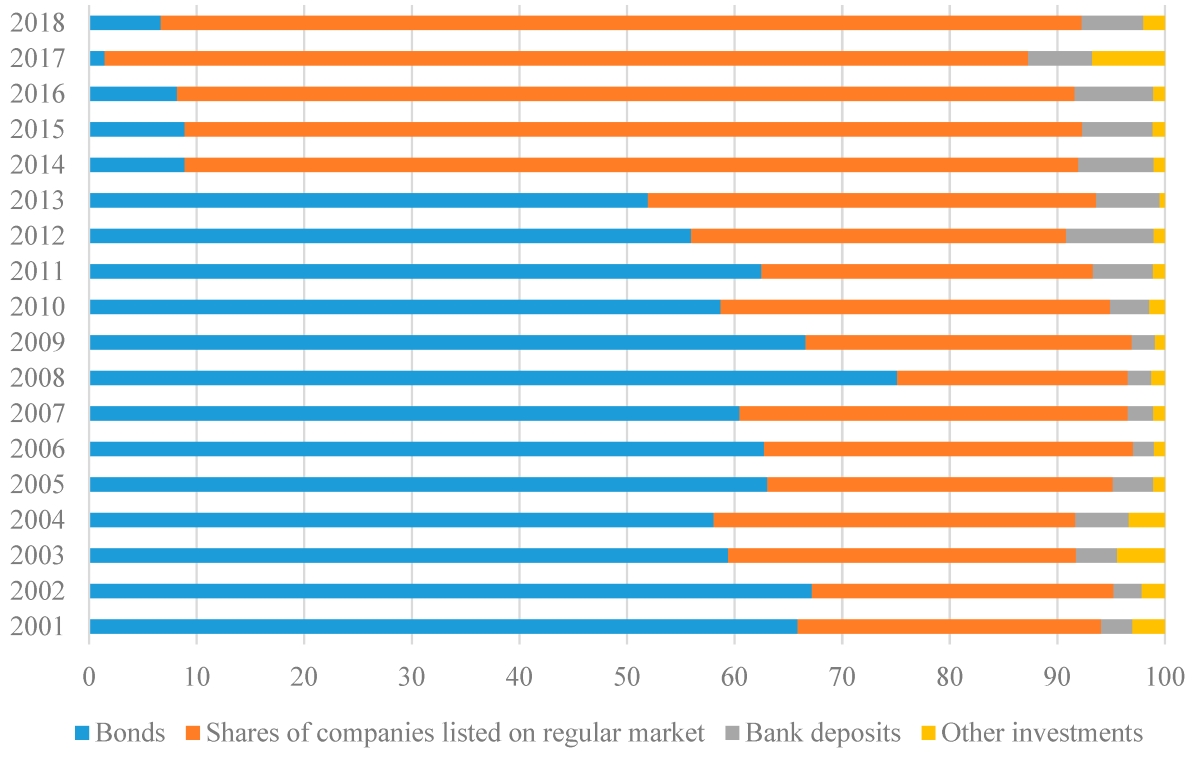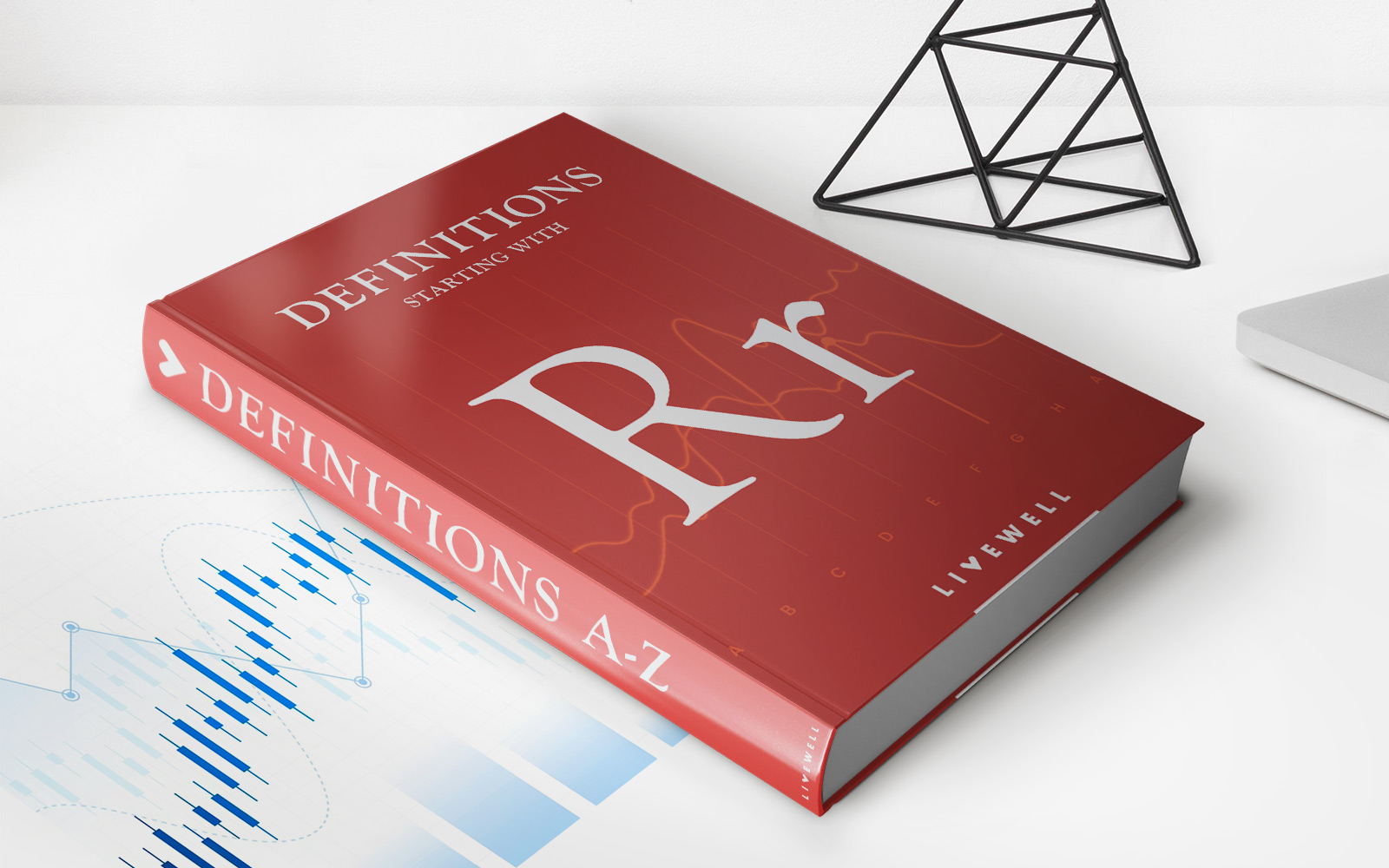Home>Finance>Which Law Prohibits Negative Amortization Loans Except For Reverse Mortgages?


Finance
Which Law Prohibits Negative Amortization Loans Except For Reverse Mortgages?
Modified: March 1, 2024
Learn about the law that prohibits negative amortization loans, except for reverse mortgages, in the finance industry. Understand the implications and exceptions.
(Many of the links in this article redirect to a specific reviewed product. Your purchase of these products through affiliate links helps to generate commission for LiveWell, at no extra cost. Learn more)
Table of Contents
Introduction
Understanding Negative Amortization Loans
Negative amortization loans have been a topic of discussion in the financial world, often associated with risks and complexities. These loans, also known as neg-am loans, have a unique characteristic where the borrower's payments are insufficient to cover the interest accruing on the loan. As a result, the unpaid interest is added to the loan balance, leading to an increase in the overall amount owed. This phenomenon can potentially result in a situation where the borrower owes more than the original loan amount, despite making regular payments.
The allure of negative amortization loans lies in their initial affordability, as they often feature low monthly payments that can be attractive to borrowers, especially in a rising interest rate environment. However, it's essential to grasp the long-term implications and the potential financial consequences associated with these loans.
In the following sections, we will delve into the intricacies of negative amortization loans, explore the federal law that prohibits their widespread use, and shed light on a notable exception to this regulation: reverse mortgages. Understanding these concepts is crucial for both borrowers and financial professionals, as it empowers individuals to make informed decisions regarding their financial well-being.
Understanding Negative Amortization Loans
Negative amortization loans, a unique financial instrument, have garnered attention due to their unconventional payment structure. These loans allow borrowers to make minimum payments that may not cover the accruing interest, resulting in the unpaid interest being added to the principal balance. As a consequence, the outstanding loan amount can increase over time, a phenomenon known as “negative amortization.”
These loans are often associated with adjustable-rate mortgages (ARMs), where the interest rate fluctuates based on market conditions. During periods of low interest rates, borrowers may be enticed by the initially low minimum payments offered by negative amortization loans. However, it’s crucial to recognize the potential risks associated with these loans, especially when interest rates rise or if the property value depreciates.
One key aspect of negative amortization loans is the payment recast, which occurs when the loan balance reaches a predetermined threshold. At this point, the loan is recalculated based on a fully amortizing schedule, leading to higher monthly payments to ensure the loan is repaid within the remaining term.
Financial institutions offering negative amortization loans are required to provide clear and comprehensive disclosures to borrowers, outlining the potential risks and long-term financial implications. Borrowers should carefully review these disclosures and consider consulting with financial advisors to assess the suitability of such loans based on their individual circumstances.
Understanding the mechanics of negative amortization loans is essential for borrowers to make informed decisions about their mortgage options. While these loans may offer short-term affordability, it’s crucial to weigh the potential long-term consequences and consider alternative financing options that align with their financial goals and risk tolerance.
The Federal Law on Negative Amortization Loans
The regulation of negative amortization loans is governed by the Truth in Lending Act (TILA), which is implemented by the Consumer Financial Protection Bureau (CFPB). TILA aims to promote the informed use of consumer credit by requiring lenders to disclose key terms and costs associated with the loan, enabling borrowers to make meaningful comparisons and assess the affordability of the credit offered.
Under TILA, lenders are prohibited from offering negative amortization loans that do not include clear and comprehensive disclosures regarding the potential risks and long-term financial implications. The law mandates that lenders provide borrowers with a complete breakdown of the loan terms, including the possibility of negative amortization, payment recast scenarios, and the maximum potential increase in monthly payments.
Furthermore, TILA imposes strict guidelines on the marketing and advertising of negative amortization loans, emphasizing the importance of transparent and accurate communication to ensure that borrowers are fully aware of the implications of such financing arrangements. Lenders are required to exercise diligence in their promotional materials, avoiding misleading claims or omissions regarding the nature of negative amortization loans.
Compliance with TILA is essential for financial institutions, as failure to adhere to the disclosure requirements can result in significant penalties and legal repercussions. By upholding the principles of TILA, lenders contribute to a fair and transparent lending environment, empowering consumers to make well-informed decisions about their financial commitments.
It’s important for borrowers to be aware of their rights under TILA and to actively review the loan disclosures provided by lenders. By understanding the regulatory framework surrounding negative amortization loans, borrowers can navigate the lending landscape with greater confidence and make informed choices that align with their financial objectives.
Exceptions: Reverse Mortgages
While negative amortization loans are generally restricted under the Truth in Lending Act (TILA), there exists a notable exception in the realm of reverse mortgages. Reverse mortgages, specifically designed for homeowners aged 62 and older, enable eligible individuals to convert a portion of their home equity into funds, which can be received as a lump sum, fixed monthly payments, or a line of credit.
Unlike traditional mortgages, reverse mortgages differ in their repayment structure. With a reverse mortgage, the borrower is not required to make monthly mortgage payments. Instead, the loan balance accumulates over time, typically through the accrual of interest and fees. This unique feature results in a form of negative amortization, as the outstanding loan balance may increase as the interest compounds.
Reverse mortgages are governed by specific regulations, including the Home Equity Conversion Mortgage (HECM) program, which is insured by the Federal Housing Administration (FHA). These regulations outline the eligibility criteria, loan limits, and mandatory counseling requirements for prospective reverse mortgage borrowers.
Given the specialized nature of reverse mortgages and their impact on older homeowners, stringent safeguards are in place to protect the interests of borrowers. Mandatory counseling sessions are designed to ensure that potential borrowers receive comprehensive information about the terms, costs, and potential alternatives to reverse mortgages, empowering them to make informed decisions about their housing wealth.
While reverse mortgages exhibit characteristics akin to negative amortization loans, they serve a distinct purpose in providing financial flexibility for eligible homeowners, especially during retirement. By leveraging home equity without the burden of monthly mortgage payments, reverse mortgages offer a viable option for supplementing income, covering essential expenses, or funding long-term care needs.
Understanding the nuances of reverse mortgages and their divergence from traditional mortgage structures is crucial for individuals considering this financial option. By recognizing the exceptions granted to reverse mortgages within the context of negative amortization loans, borrowers can evaluate the suitability of these arrangements based on their unique financial circumstances and retirement goals.
Conclusion
As we conclude our exploration of negative amortization loans and the regulatory landscape governing these financial instruments, it becomes evident that a nuanced understanding of their implications is essential for both borrowers and financial professionals. Negative amortization loans, characterized by the potential increase in the loan balance over time, present unique challenges and considerations that warrant careful evaluation.
The federal law, as embodied in the Truth in Lending Act (TILA), serves as a safeguard against the proliferation of negative amortization loans without adequate disclosures and transparency. By mandating comprehensive loan disclosures and promoting transparent communication, TILA aims to empower consumers to make informed decisions about their credit options, thereby fostering a fair and equitable lending environment.
While negative amortization loans are generally prohibited under TILA, the exception granted to reverse mortgages underscores the diverse landscape of financial products and the specific needs they address. Reverse mortgages, tailored for older homeowners seeking to leverage their home equity, offer a distinct avenue for financial flexibility, albeit with characteristics reminiscent of negative amortization due to the deferred repayment structure.
It is imperative for borrowers to approach mortgage financing with a discerning mindset, carefully weighing the short-term affordability of loan options against their long-term financial implications. By engaging in thorough due diligence, seeking professional guidance, and leveraging the resources provided under TILA, individuals can navigate the complexities of mortgage lending with confidence and clarity.
Ultimately, the knowledge gained from this exploration empowers borrowers to make informed decisions aligned with their financial goals and risk tolerance. By embracing transparency, education, and a proactive approach to financial decision-making, individuals can navigate the lending landscape with resilience and foresight, ensuring that their mortgage choices contribute to their long-term financial well-being.














